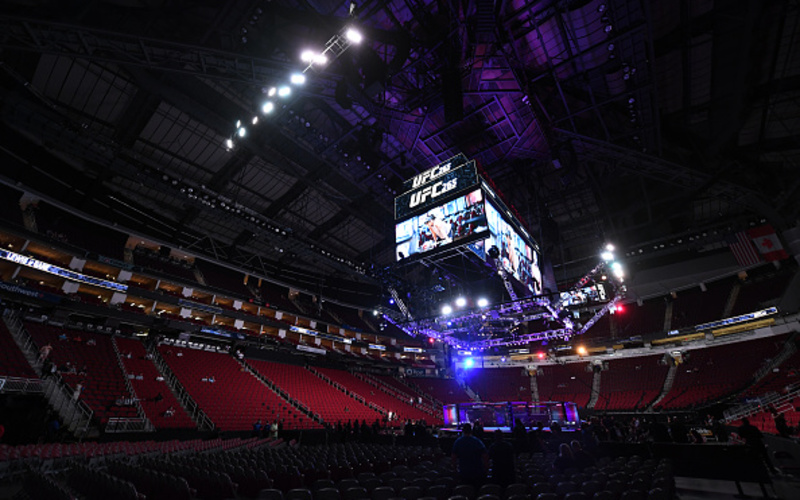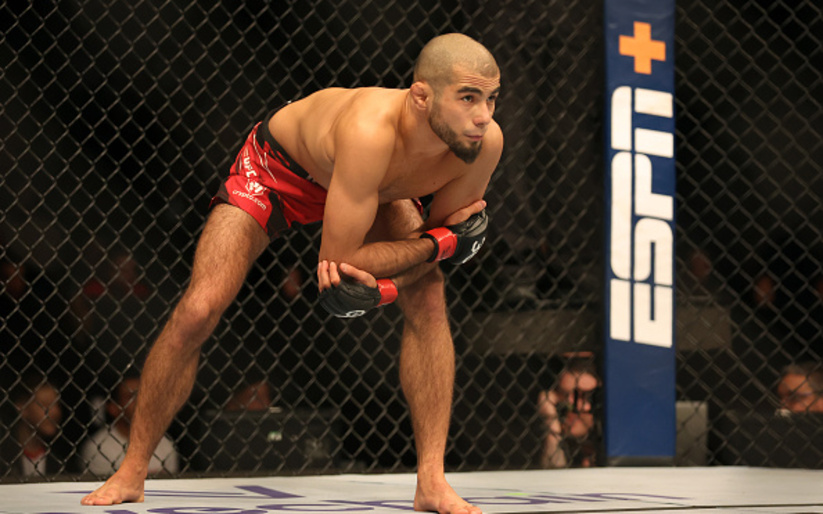The Ultimate Fighting Championship (UFC) began in the early 1990s. It was a brash experiment to see which of the many martial arts styles would prove most effective in real combat. What started as a one-event showcase has turned into a leading global professional mixed martial arts (MMA) organization, exciting record crowds with its entertaining combination of fighting styles and techniques.
The Conceptual Genesis of UFC
Art Davie, known as the first man to propose the idea of a single-elimination tournament with eight men, has been inspired by Brazilian vale tudo fighting competitions. On pitching the idea to John Milius and Rorion Gracie, both were very much interested and saw potential in this format to highlight Gracie Jiu-Jitsu to the world.
They envisioned the form of a competition with as few rules as possible to determine the most effective martial art. This vision became reality in 1993 with UFC 1 at the McNichols Sports Arena in Denver, Colorado. This was one of the stamps of this event: raw and unfiltered, totally new and contrasting with traditional events of its nature.
Strategic Evolution and Mainstream Acceptance
The first kind of criticism was related to the brutal and no-holds-barred fighting of UFC, which some labeled as “human cockfighting.” In view of this criticism, the UFC leadership brought in drastic changes. They made adjustments in the game in that different weight classes, rounds, and sets of standard rules would be put along the lines of the Athletic Commission regulations. This served to help make the sport much safer and grant it more legitimacy and acceptance by many others.
The UFC was bought by Dana White and his partners Lorenzo and Frank Fertitta in January 2001. White, as the new president, brought a new strategic vision that took the UFC into its new era. He signed an important deal with Spike TV to televise “The Ultimate Fighter,” a reality series that went a long way toward putting the sport on the map and helped gain millions of new fans for it.
Global Expansion and Cultural Impact
The UFC expanded to the whole world, organizing events in a great number of countries on different continents. It penetrated new audiences and became inclusive toward fighters who are representatives of different cultural backgrounds.
Such a global approach has helped the organization not only to get rid of its image as being “too American” but to become an international entity that is more inclusive. World fighters like Conor McGregor from Ireland, Khabib Nurmagomedov from Russia, and Anderson Silva from Brazil are some of them. Each one had a unique style and charisma, thus adding spice to UFC fights.
Innovations and Media Strategies
UFC never hesitated to keep up with the media environment changes. Its leadership welcomed the tendency of online streaming by launching UFC Fight Pass, a digital service featuring live events, an archive of great fights, and original content.
For fans looking to engage more deeply, they can bet UFC prelims through authorized sports betting platforms, enhancing their viewing experience. Such a strategic move has satisfied digital consumption habits among younger audiences and, at the same time, adds value for UFC in the fiercely competitive sports streaming market.
Conclusion
The UFC has redefined not only mixed martial arts but also reimagined the limits of what professional fighting can achieve. With growth and continued innovation, the UFC looks solidly set to move far greater into the heights of influence and legacy in the world of sports.



